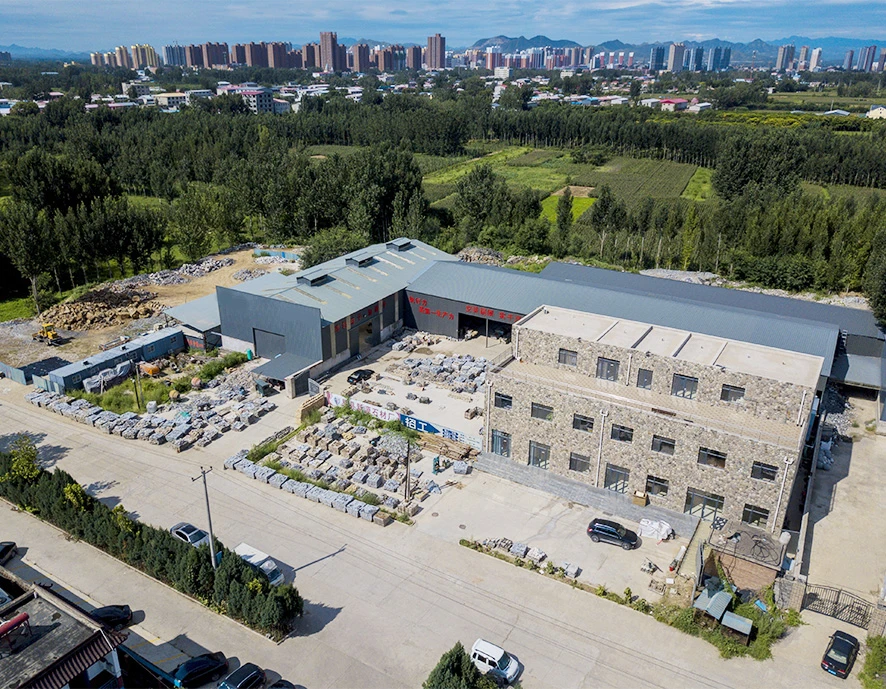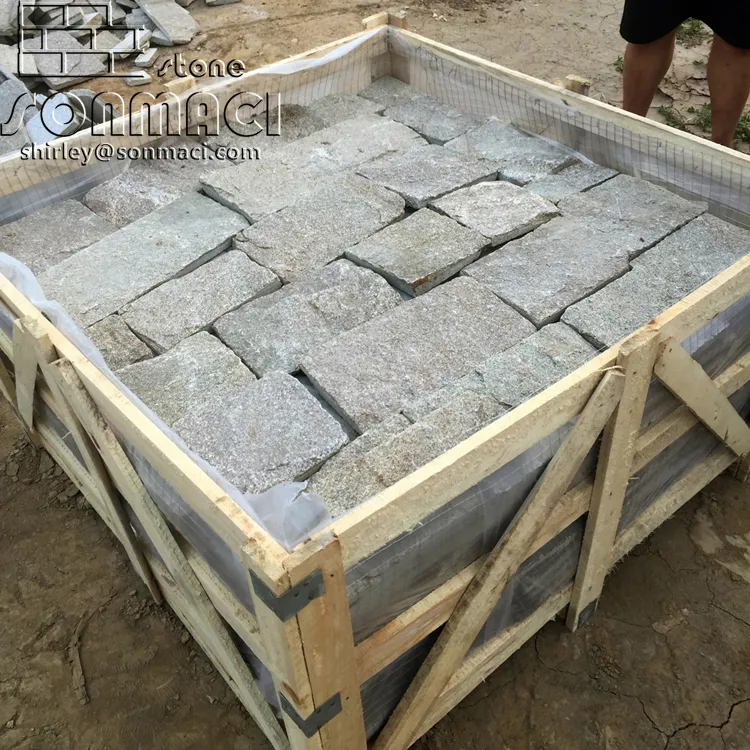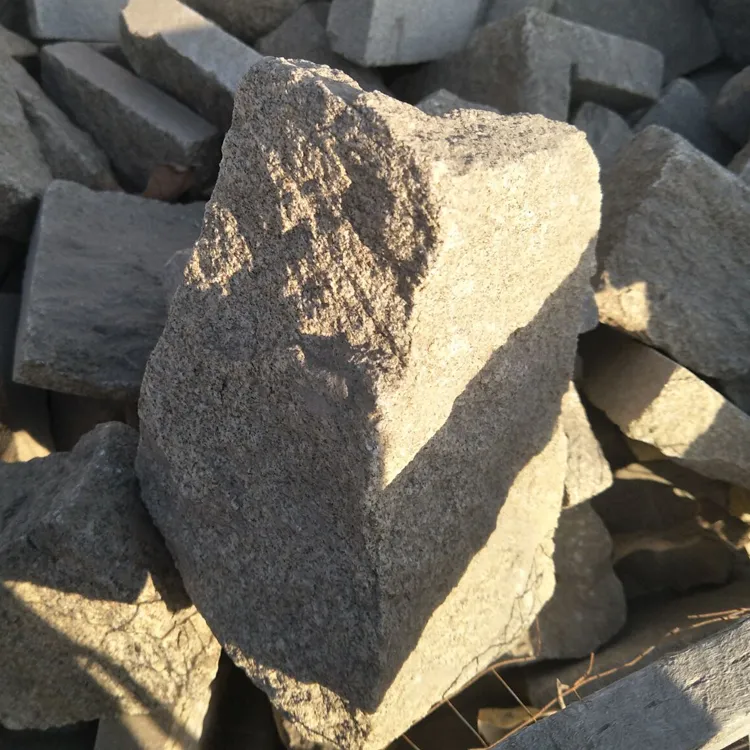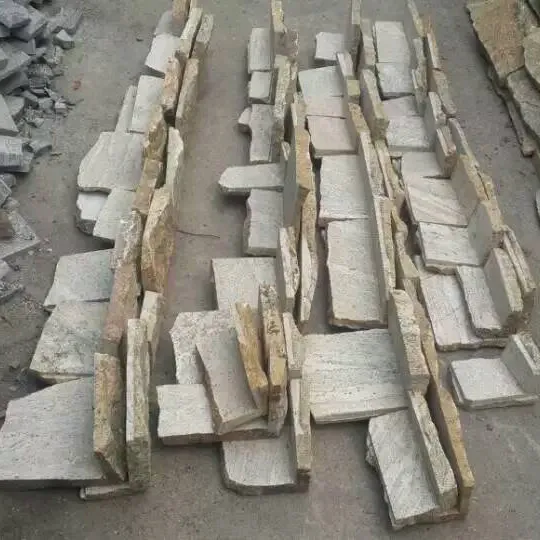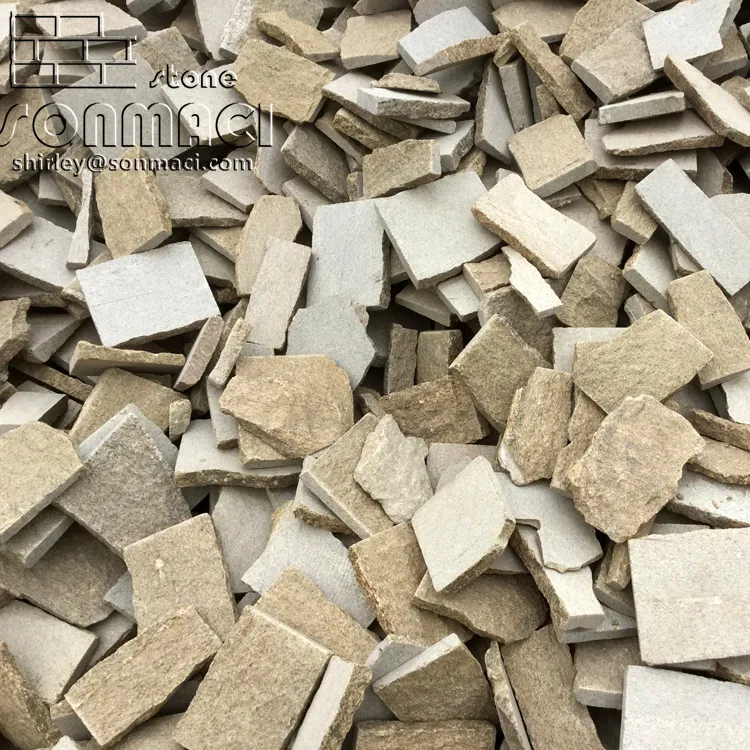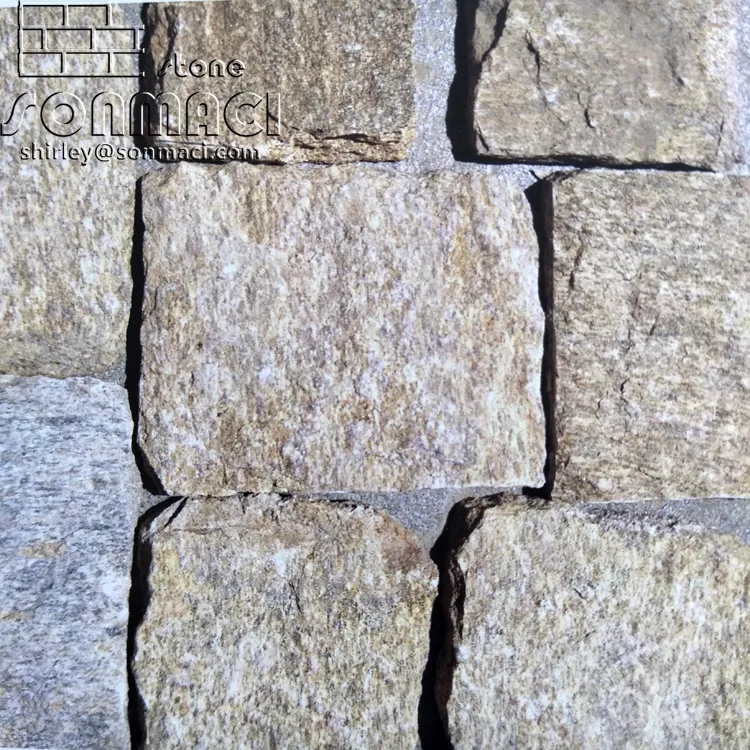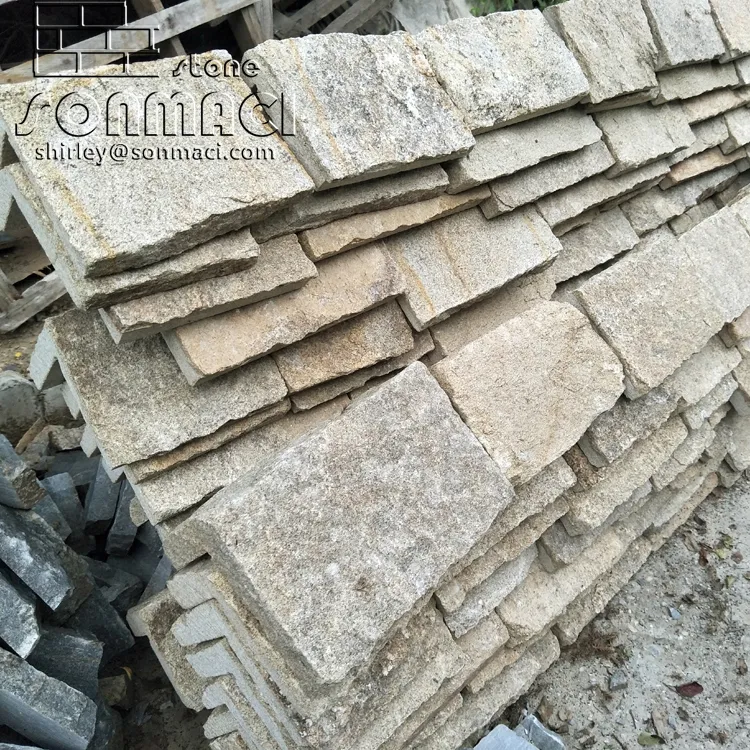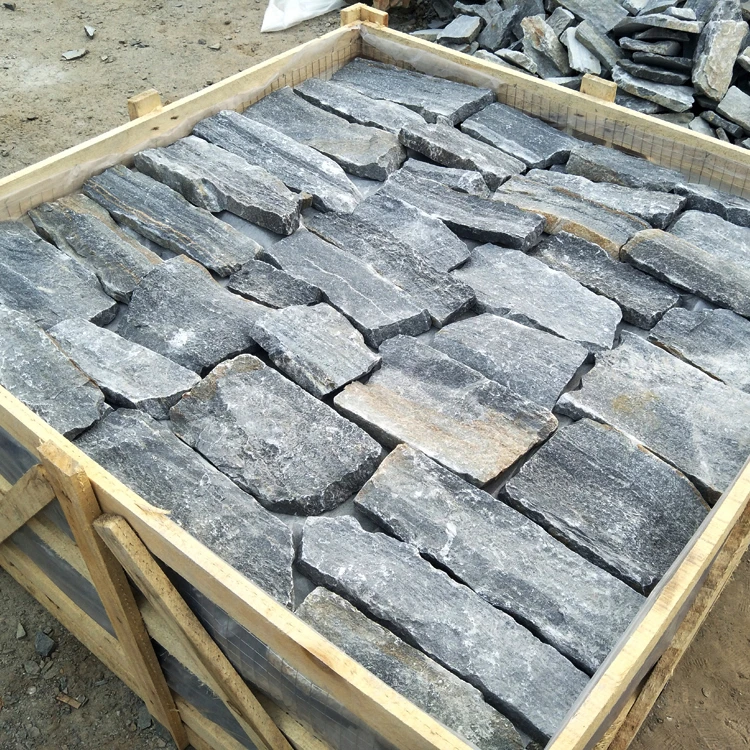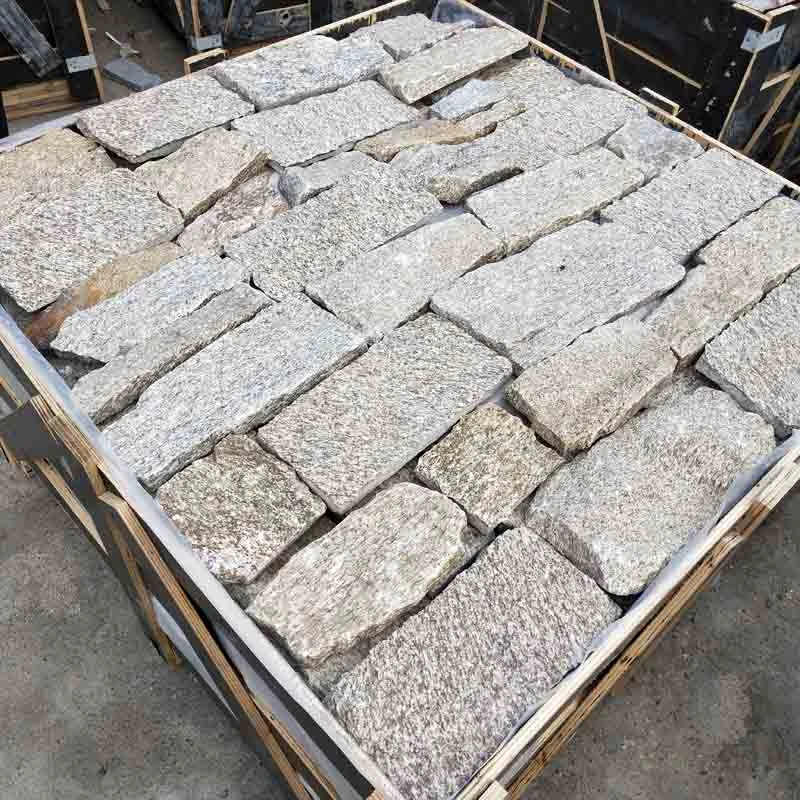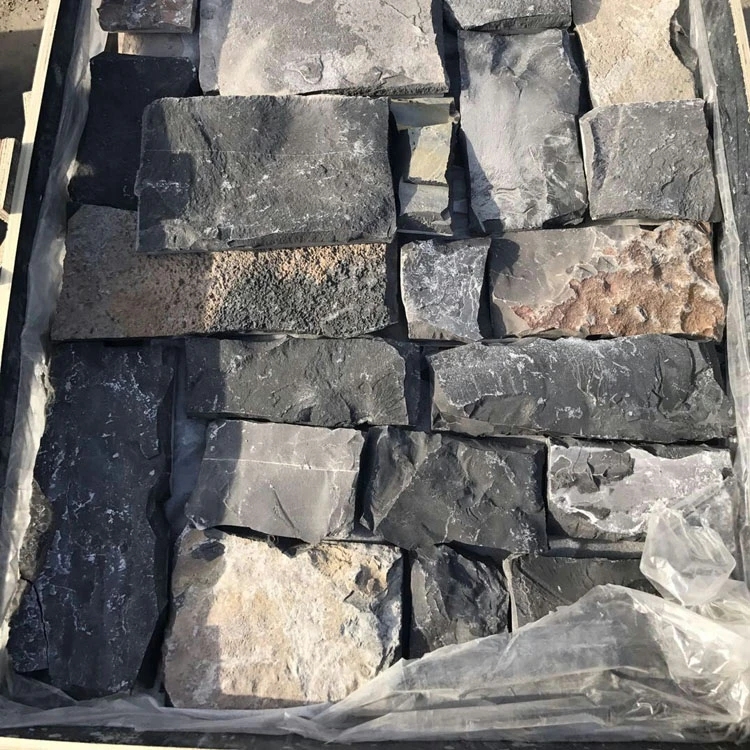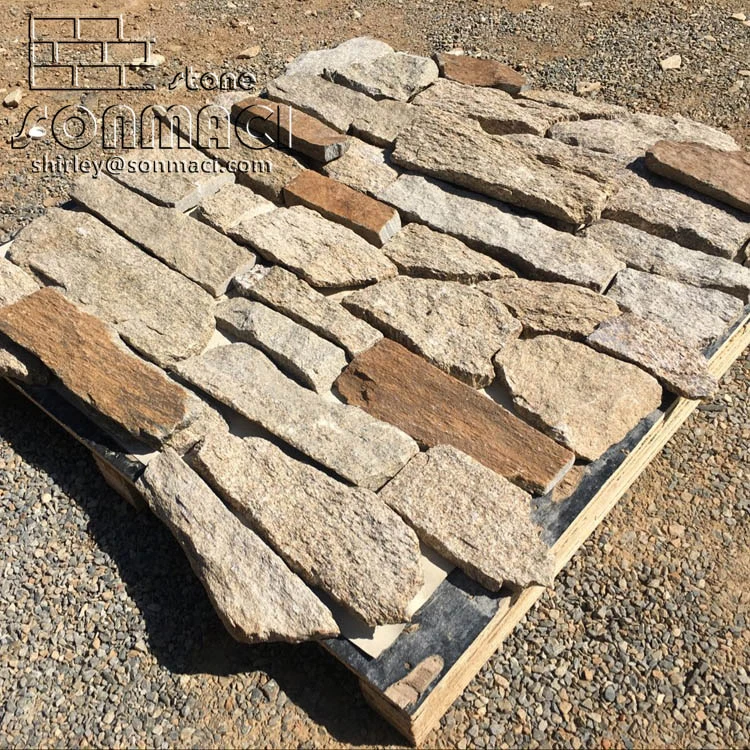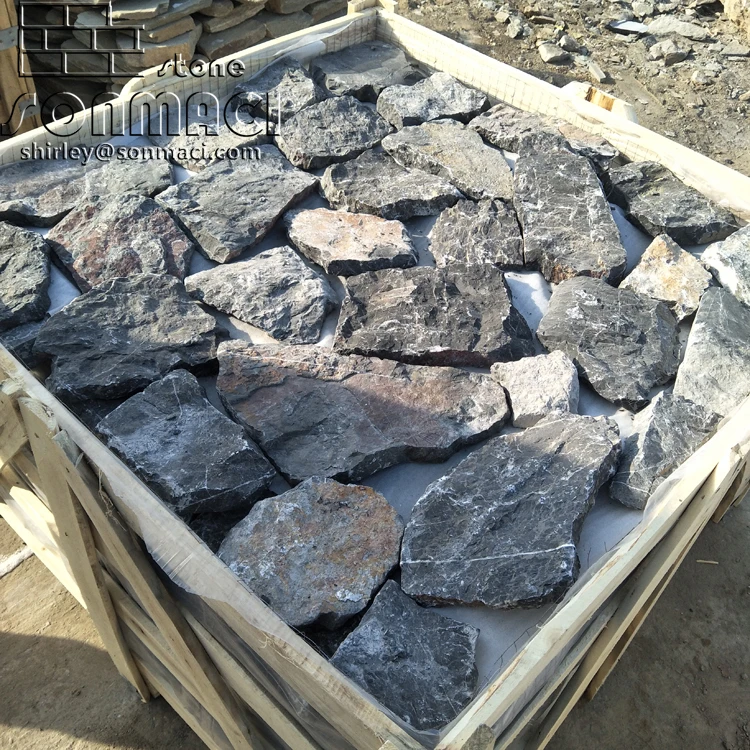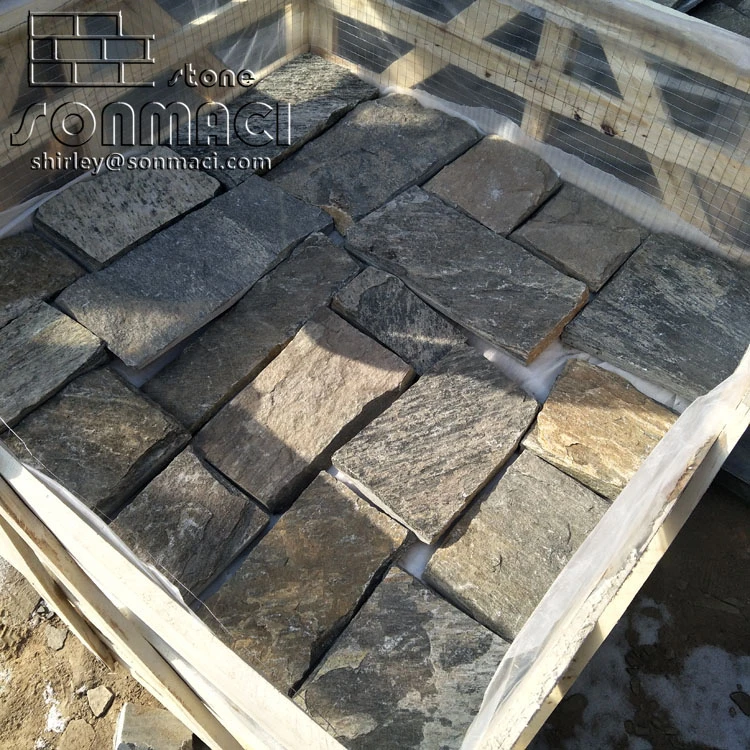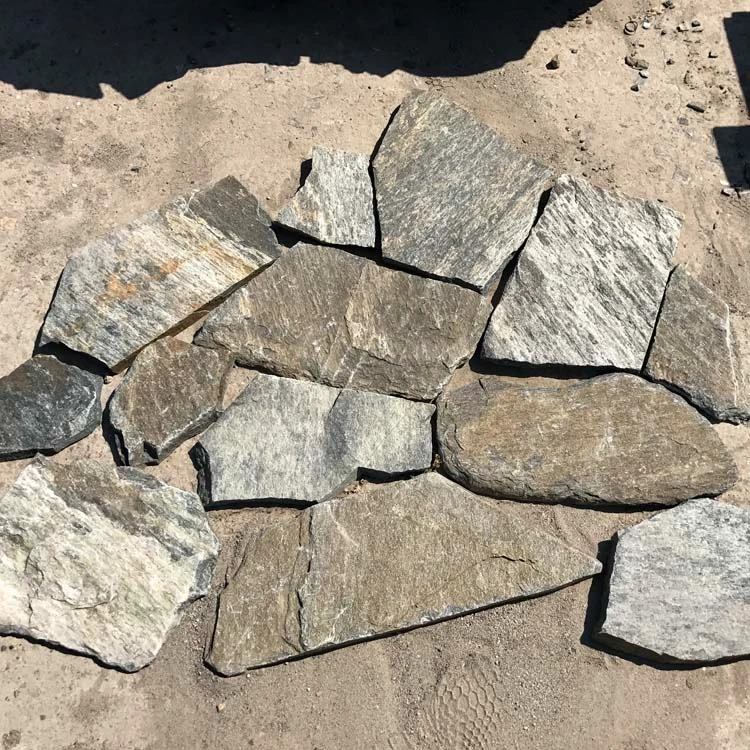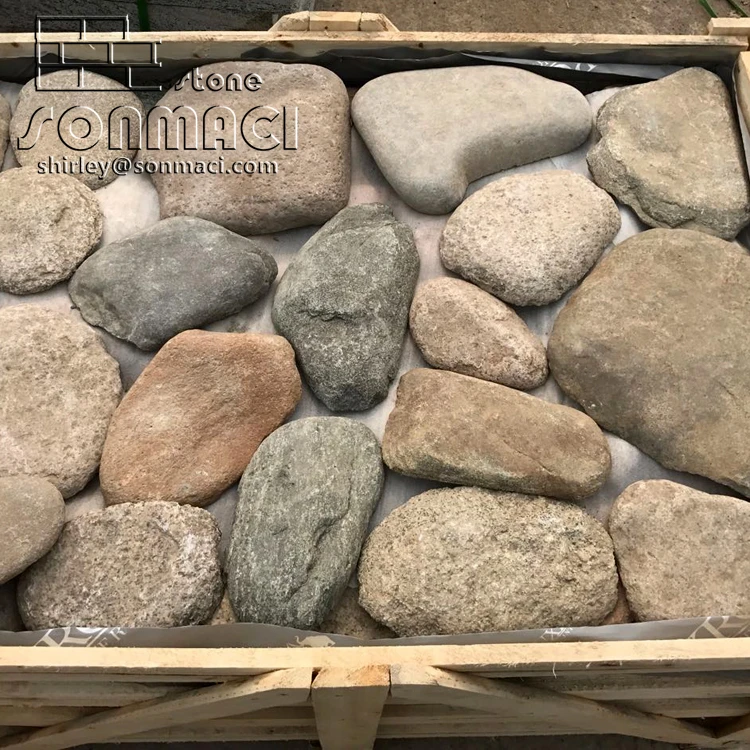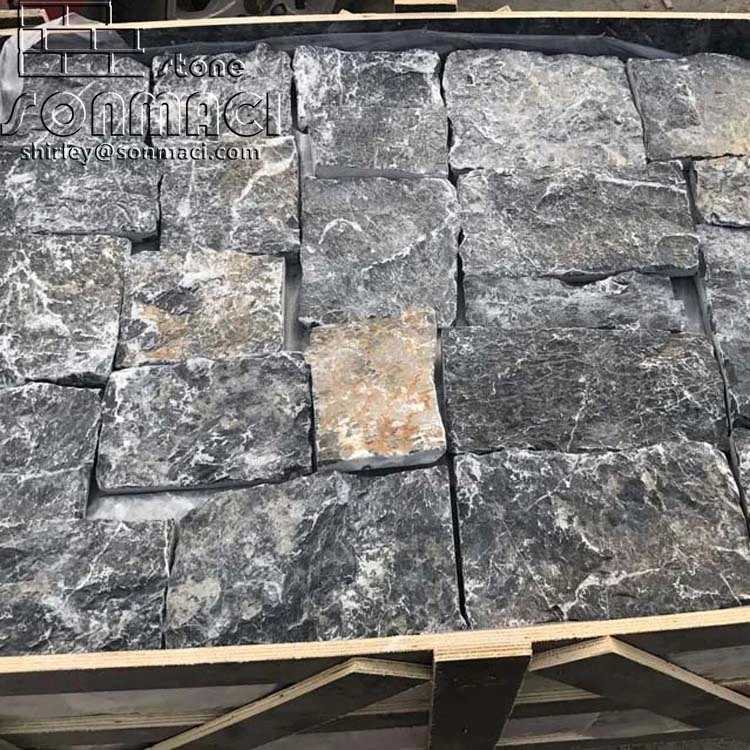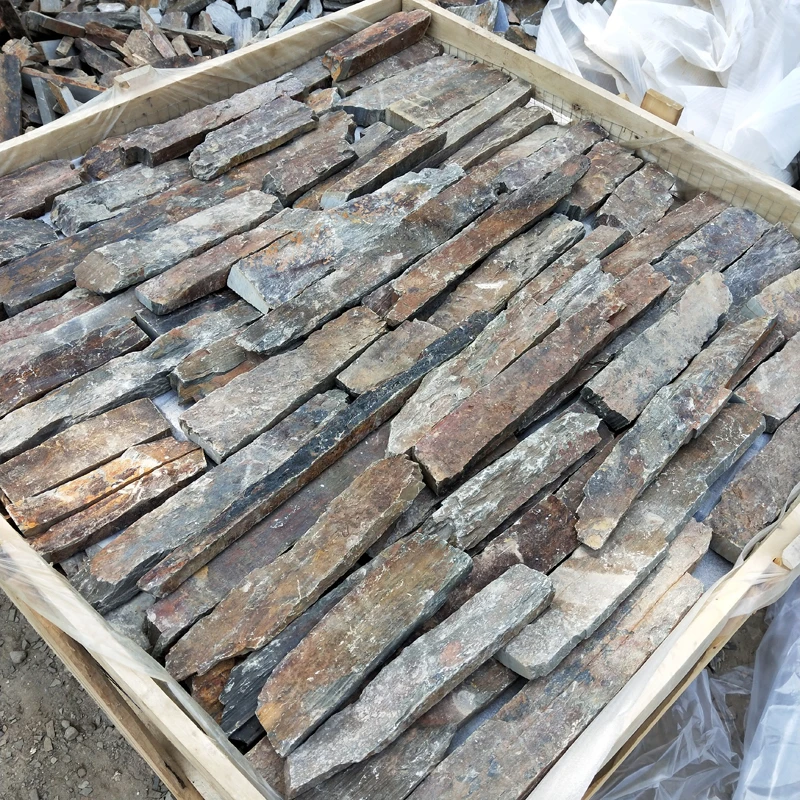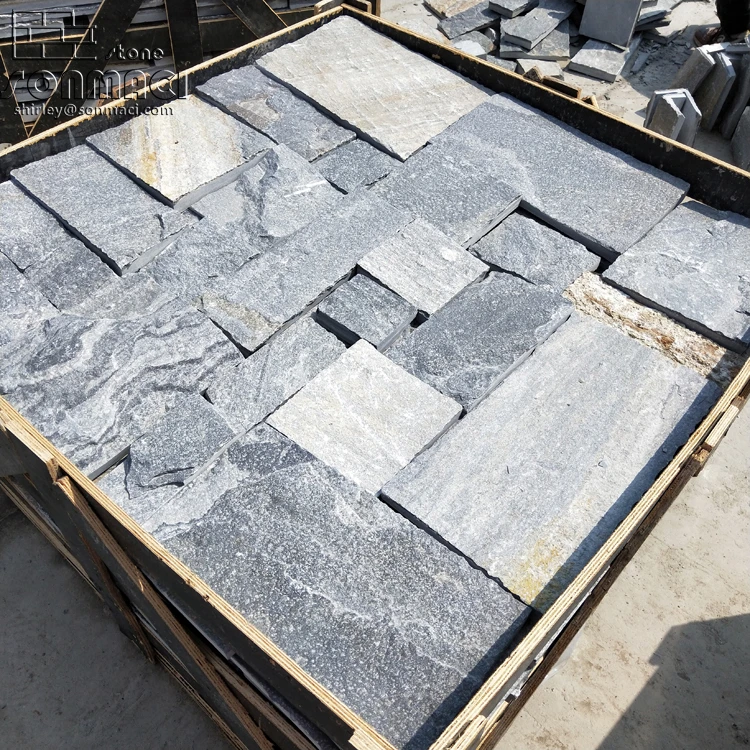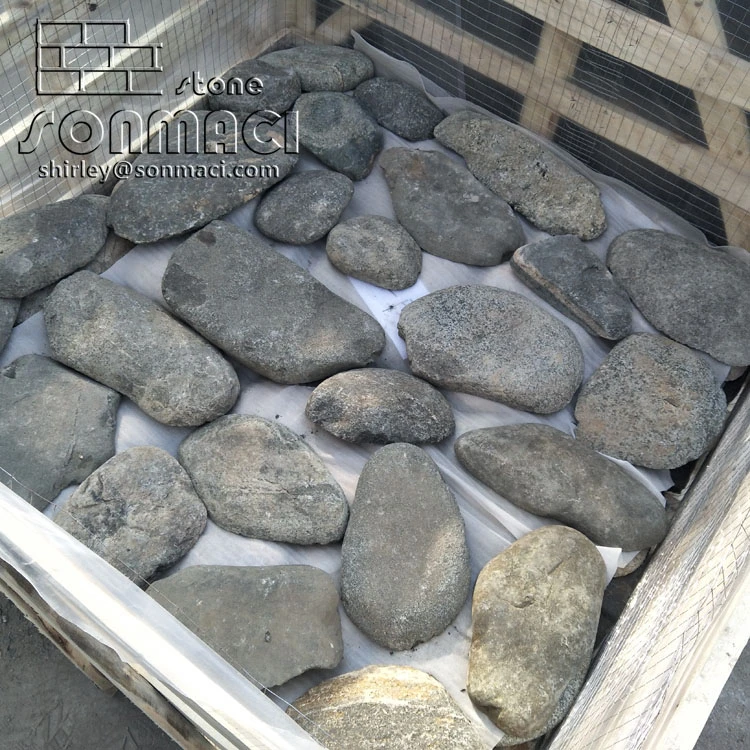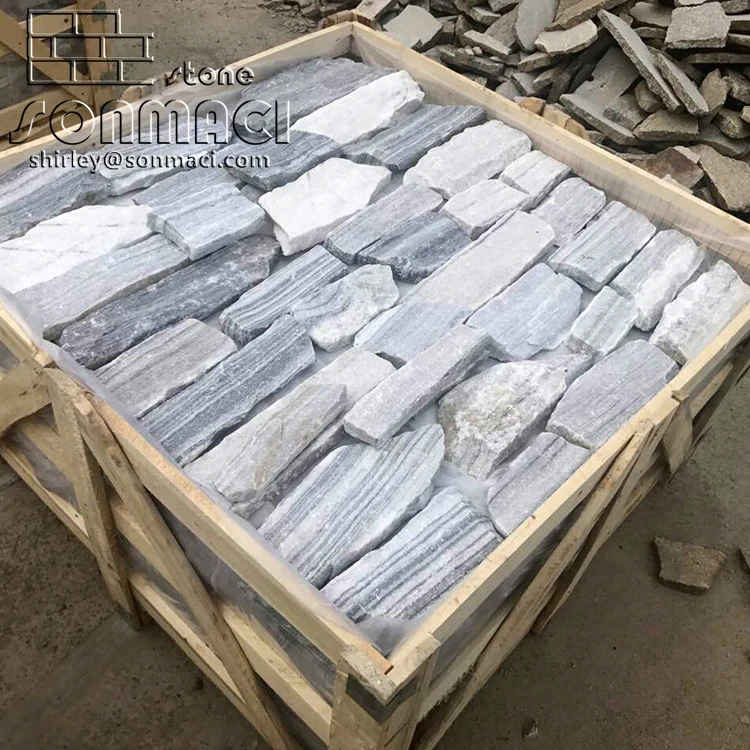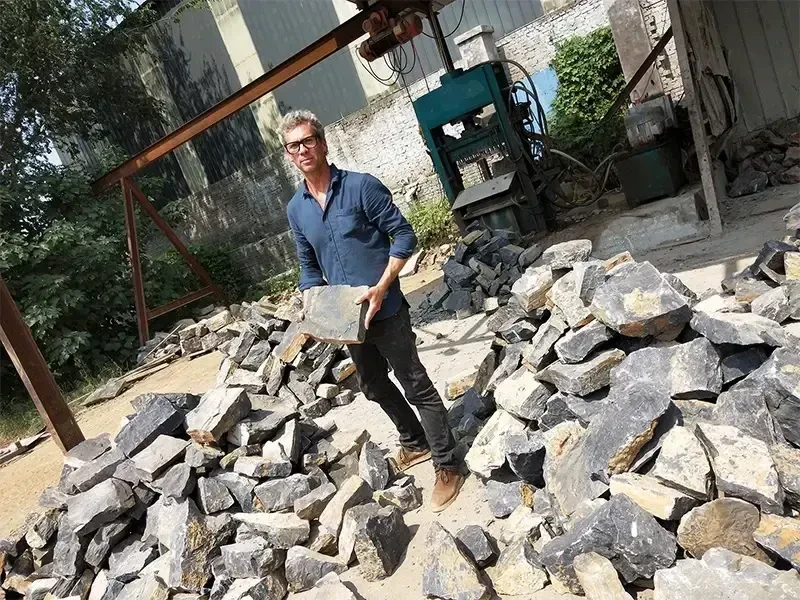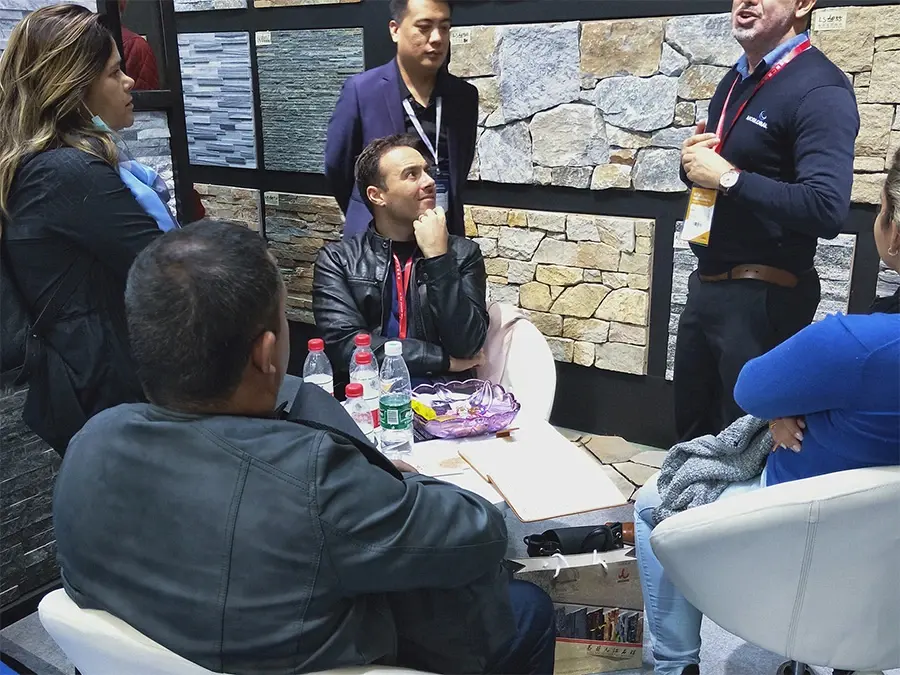Sesamgul fyrkantig friformad natursten
|
Punkt |
Seseam yellow Squar Free Form Natural Stone |
|
Tillåtet material |
skiffer/marmor och annan sten |
|
Färg |
vit/grön/svart/rostig och mer tillgänglig |
|
Särdrag |
Rika vener, solid konsistens och ljusa färger, låg vattenabsorption, motstår syra, ljus, eld och kyla. |
|
Användande |
För inomhus- och utomhusväggar, golv- och markdekoration. Såsom golv och väggar i badrum, simbassänger, hallar, entréer, golv i hiss och så vidare. |
|
Storlek |
Längd: 5-38 cm B: 3-15 cm |
|
Förpackning |
15 kvm/låda, exportstandard |
|
Lastport |
TIANJIN |
|
Betalningsobjekt |
30% T/T i förskott och 70% balans på en gång mot kopian av B/L |
|
Leveranstid |
15 dagar för en 20 FCL efter att ha mottagit depositionen |
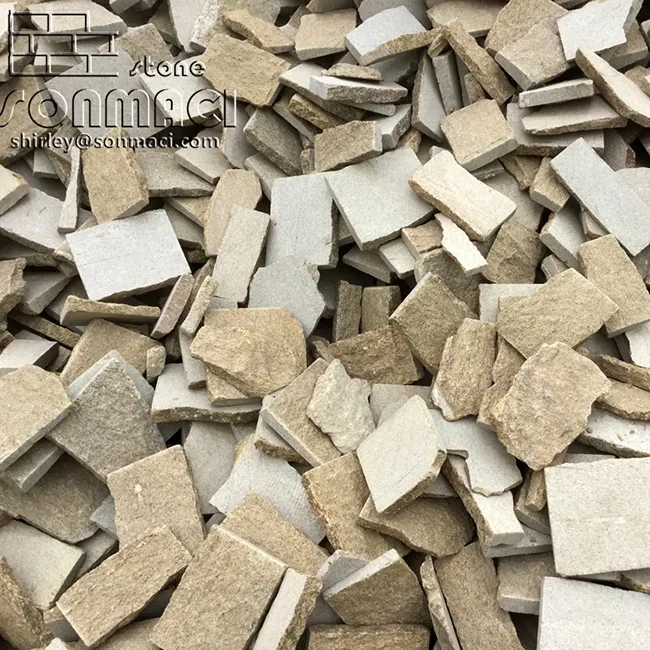
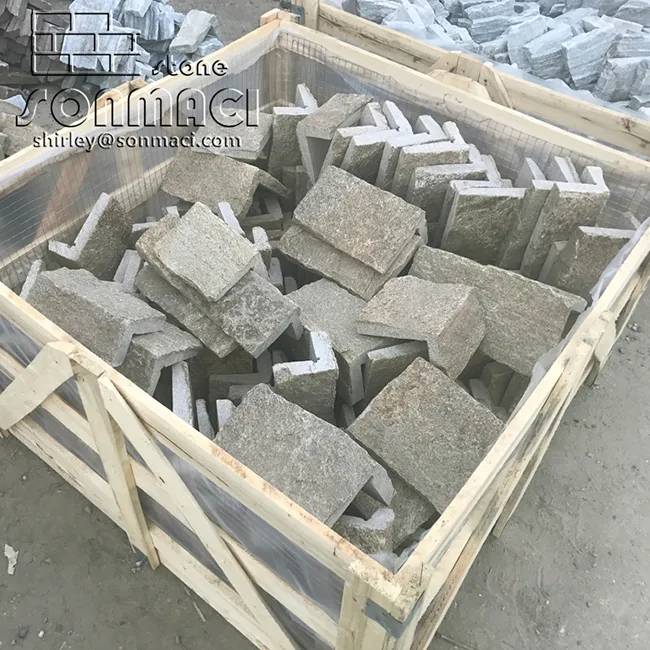
Natural Square Free Form Stone in Landscape Design
The use of natural square free form stone in landscape design represents a compelling negotiation between human order and nature’s spontaneity. These stones, roughly squared by geological forces or minimal human intervention, offer designers a unique medium that bridges the gap between structured hardscaping and organic naturalism. Their inherent duality—bearing the marks of both quarry and wilderness—makes them remarkably versatile for creating outdoor spaces that feel intentionally designed yet harmoniously connected to their surroundings.
At the heart of working with square free form stone lies the understanding of its essential character. Unlike precision-cut pavers or completely irregular fieldstones, these materials occupy a middle ground where approximate right angles meet naturally weathered surfaces. This quality allows them to serve as transitional elements in landscape compositions—guiding the eye with subtle geometry while maintaining enough organic irregularity to blend with planting schemes. When used for pathways, their squared edges establish clear circulation routes, while their textured tops and varied thicknesses prevent the sterile uniformity of manufactured materials. The result is walkways that feel both purposeful and pleasantly imperfect underfoot.
Vertical applications reveal the stone’s capacity for creating rhythm in the landscape. Free form square stones stacked into low walls or pillars introduce human scale to garden designs without appearing artificial. The stones’ natural cleft faces catch sunlight differently throughout the day, casting dynamic shadows that animate outdoor rooms. When used as seat walls or retaining elements, their geometric tendencies provide functional stability while their mineral variations and color gradations maintain visual warmth. This balance proves particularly valuable in contemporary gardens where clean lines must coexist with naturalistic planting palettes.
Water features gain special resonance when crafted from square free form stone. The material’s hybrid character allows for the creation of geometric water channels that still appear to emerge naturally from the landscape. Stone edges left in their natural state create miniature waterfalls with organic sound profiles, while squared bases ensure proper water containment and circulation. The contrast between the precise hydraulic engineering hidden beneath and the stone’s untamed surface expressions exemplifies the magic possible when marrying technical functionality with natural beauty.
Plant integration with square free form stone requires a thoughtful approach that honors both the mineral and botanical elements. The stones’ straightish edges can define crisp planting beds that gradually soften through vegetative spillover, creating deliberate tension between control and wildness. Larger specimens might be strategically placed as focal points amid ground covers, their geometric tendencies making them ideal backdrops for highlighting ornamental grasses or specimen shrubs. In rock gardens, the stones provide structural anchors that prevent visual chaos while still allowing for spontaneous-looking plant arrangements.
Lighting design finds exceptional partners in square free form stones. Their planar surfaces become natural reflectors for moonlighting techniques, while the crevices between stones offer perfect concealment for subtle uplighting fixtures. The stones’ mineral composition interacts uniquely with artificial illumination—granite varieties sparkle under spot lighting, while sandstone glows warmly when grazed with low-voltage LEDs. This photic dialogue between stone and light transforms landscapes into nighttime experiences that feel simultaneously designed and magical.
Maintenance of square free form stone landscapes follows an interesting philosophy—while the installations require proper engineering for longevity, their aesthetic actually benefits from certain natural aging processes. Lichen growth in humid climates adds desirable patina, mineral deposits from irrigation water create authentic-looking weathering, and slight settling over time enhances the “found object” quality of the stones. This alignment between necessary maintenance and natural processes results in landscapes that grow more beautiful with time rather than requiring increasing intervention.
